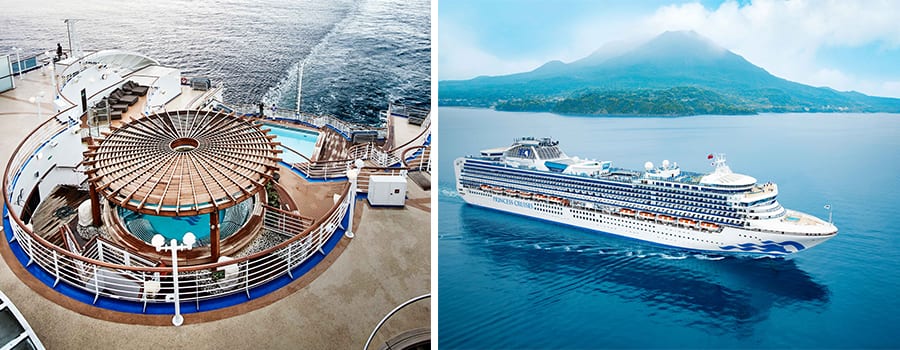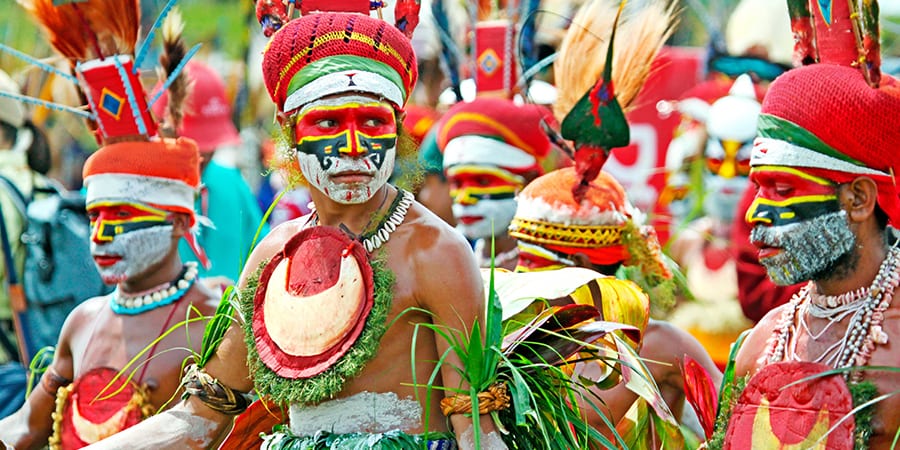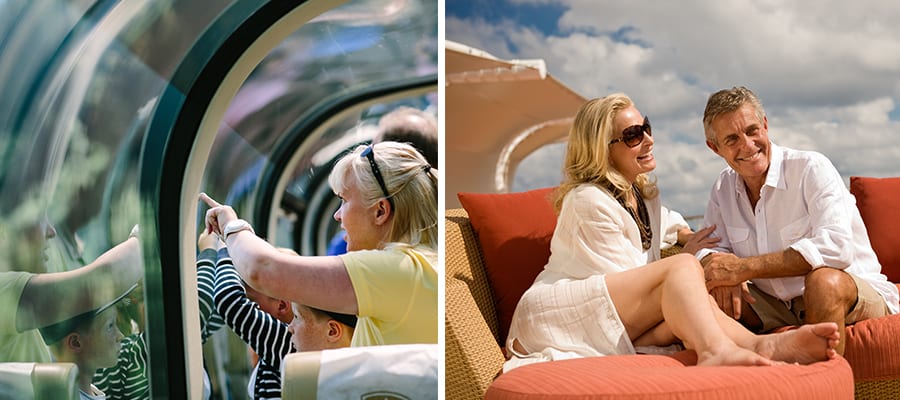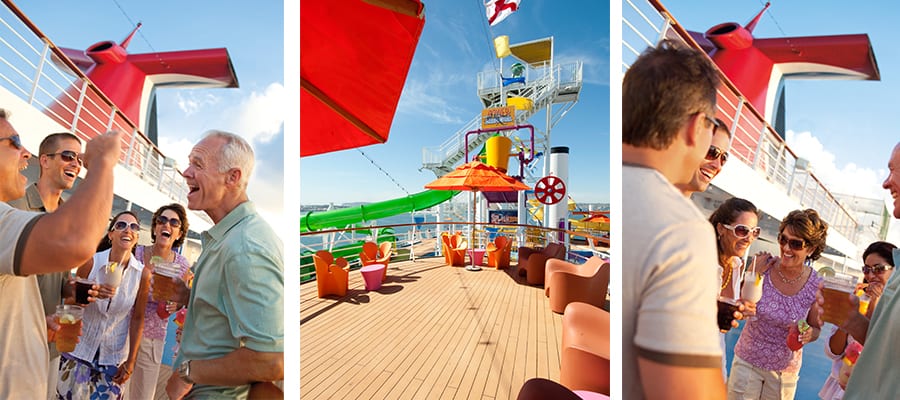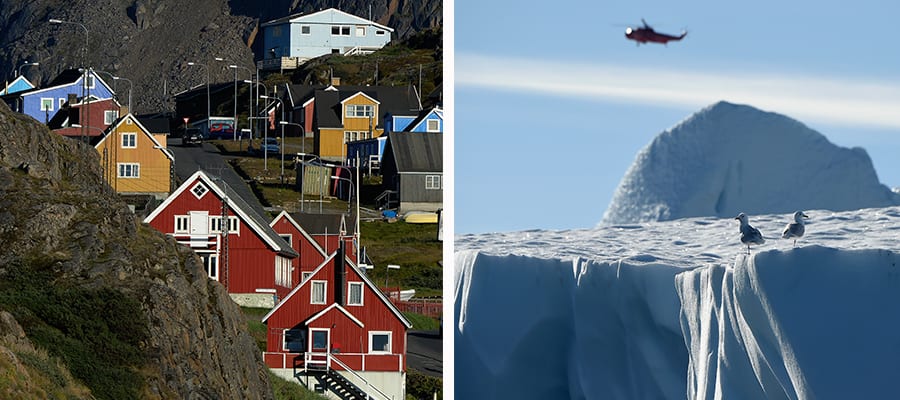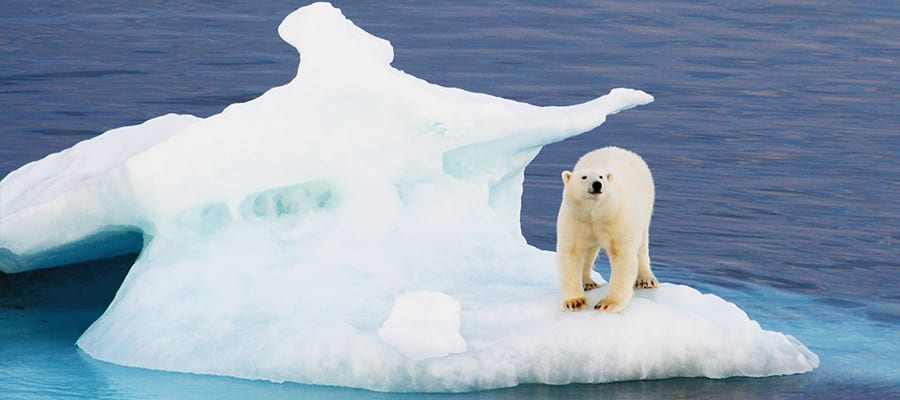As online influence and purchasing have increased exponentially in the last few years, it seems that personal interaction with your reputable Travel Agency is falling by the wayside – but is it?
Agency or DIY?
When it comes to important decisions like our large purchases and big-ticket holidays, we still crave a human at the end of the line, or shock horror, even face to face!
Outlined below are a few reasons why we believe developing a long-term relationship with a travel agency is so important to achieving your best holiday, for the best price without any unsuspecting traps for holiday disasters.

Expertise – just when you need it
Like any professional, whether it be a lawyer or doctor, a Travel Specialist is just that, a specialist. Highly trained and in most cases with many years if not decades of experience, they are fully invested to get to know you, to listen well, know what questions to ask, and to offer advice on how to make your holiday the best it can possibly be.
They also have all the inside knowledge of visa and passport requirements, port details, embarkation and so much more.
Most agents can also help you with little insights and tips – like where to find the best pizza in New York or a great bar in Santorini!

Great prices and value
With so many offers out there, it can be really confusing to know if you are getting the best deal and value for money. Remember that your Travel Specialist has access to exactly the same deals cruise lines directly offer, and in some cases are able to offer even lower pricing, intervening with suppliers on your behalf.
It pays to ask – depending on allocations and offerings for different ships and destinations, Cruise Express can be as much as 10 percent lower in price than the actual cruise line!
What you see online is not necessarily the best price, and prices do fluctuate frequently. We recommend that you simply always ask the question.
They get to know your personal needs and preferences
They aren’t just selling you a product, it’s also a service, and you can’t have one successfully without the other. Once a relationship has developed, your Travel Specialist will know so much more about you and will do everything they can to meet your needs within your budget.
Many clients return year after year knowing they will be taken care of so that their holidays are stress-free.
Although on occasion you may pay a slight amount more for agency expertise, the time and money you spend with them will be returned to you many times over in the form of perks, upgrades, convenience, great service and someone to call if things go wrong on your holidays.

Added peace of mind
Price isn’t everything and sometimes what you need is really good after sales support. If something goes wrong you have the peace of mind knowing you can call 24/7 and speak to someone.
Remember, if you buy online, you aren’t dealing with a faceless online booking agency or a website provider making it hard to contact anyone.
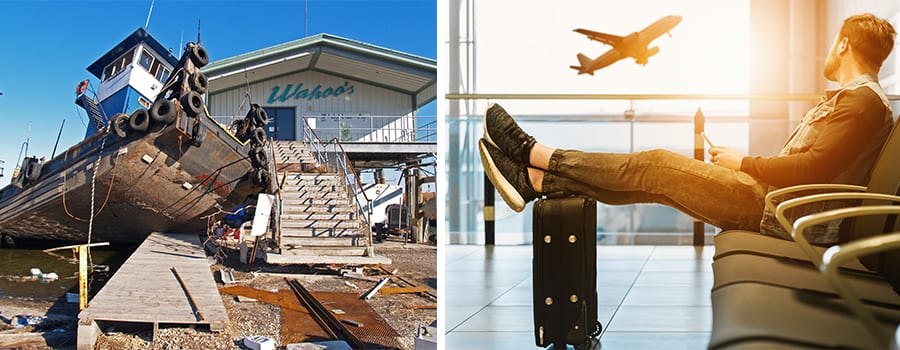
Escorted tours offer experiences like no other
Escorted tours are another travel agency specialty. Enjoy having a highly experienced tour leader who knows the ins and outs of your destination, insider tips on where to go, special access to places, special contacts with inside local knowledge, and touches that are not available to other travellers.
While most of us would like to spend much more of our lives travelling, for many it isn’t really an option, so when we do embark on these inspiring journeys, it’s important to do it to the best of your capability, utilising the best of the best available to you.

We recommend chatting with friends and family about their positive travel experiences and the travel agency they use and have developed a rapport with.
Call, email or drop in – and trust your instincts. And, of course, we are always here to help!
Click here for an ultimate holiday experience or call us 1300 766 537






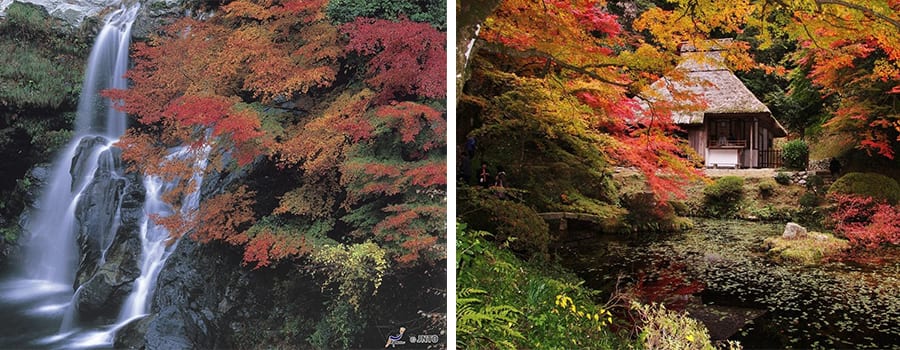
 Miyazaki
Miyazaki  Toba
Toba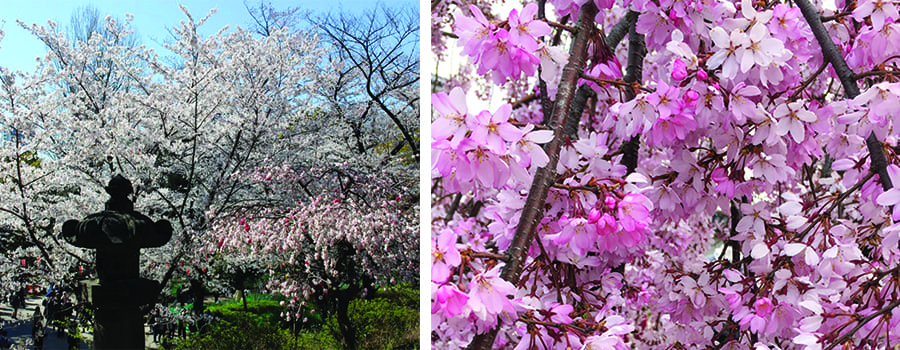 Tokushima
Tokushima